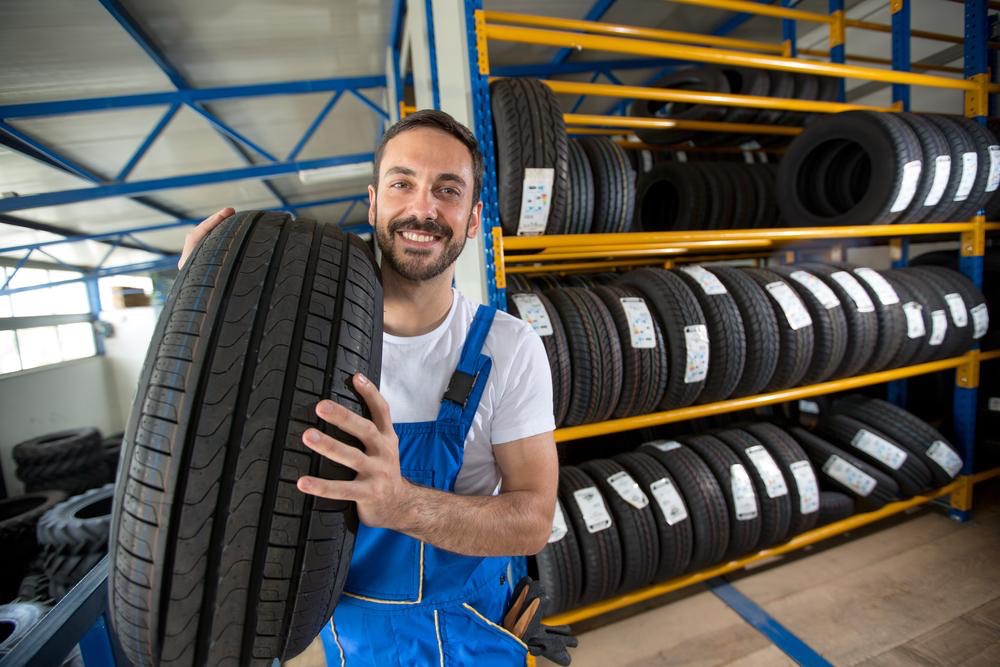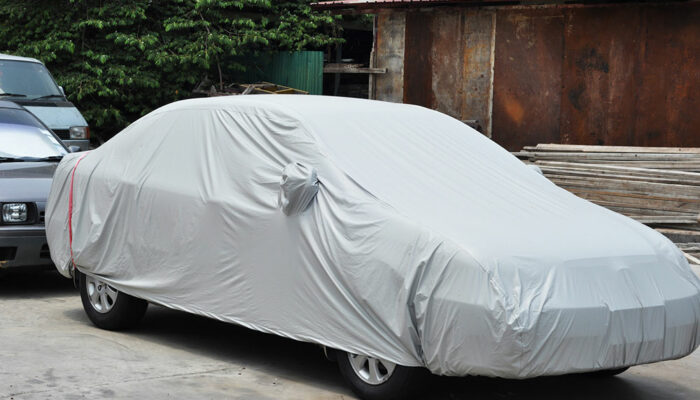
A Car Tire Safety Checklist
A tire tread is a unique pattern on the circular outer surface of a tire, which is the part of the tire that meets the road. So, no matter how big or small your vehicle is, it still runs on the exact patches of tire that the treads are on. Car tire treads are a major part of a car tire safety checklist, but many of us do not why tread is so important for the safety and performance of a car. To the uninitiated, most tire treads look the same, which is not a good thing as the best way of evaluating a tire tread is through a visual inspection.
Tire treads are not just artistic patterns meant to look nice. Rather, they are each designed to serve a specific purpose, which is why they are so important to a car tire safety checklist. Each tire tread is designed for a specific weather condition or a particular application. The four basic shapes that are used in tire treads are grooves, lugs, voids, and sipes:
- Grooves
The groove patterns on a tire tread serve to channel the water that the tire runs over. When the grooves angle from the center of the tire to the sides they effectively channel the water outward. Some companies also design grooves to bend slightly as the tire runs, sucking and then squeezing the water out from the middle to the edges. - Lugs
Lugs are patterns used in the major part of the tire that is always in contact with the ground. The lugs are designed to compress as they run over the ground, causing a force variation. So, the tire changes the shape of the lugs as the vehicle moves. - Voids
Voids, as the name indicates, are the empty spaces in between lugs, which give lugs the room required when they flatten out a bit and then regain their normal state. Additionally, they serve to channel water from under the tire. The lower the void ratio, the higher the surface of the tire that is in contact with the road. - Sipes
Sipes are the cuts perpendicular to the grooves of the tire. They help with water channeling and also give the lugs the room they need. They also help maintain traction and prevent hydroplaning.
Tread patterns
There are multiple tread patterns as well, so let’s take a look at those:
- Symmetrical tread patterns
The most common tread patterns are symmetrical and are best suited for passenger cars. They are ideal for tire rotation, which is another important item on a car tire safety checklist. - Directional tread patterns
These treads have patterns that make them suitable for use only in one direction. This makes them better suited for preventing aquaplaning at high speeds and give better traction and handling in snowy or muddy conditions. - Asymmetric tread patterns
Some tires are manufactured with distinctly different patterns on the outer and inner edges of the tire. The inner tread displaces water and prevents hydroplaning, while the outer edge gives a better grip when cornering and in dry road conditions.



